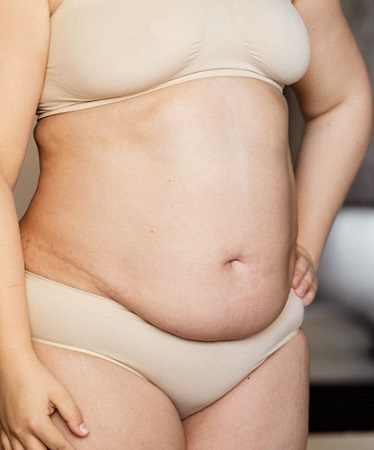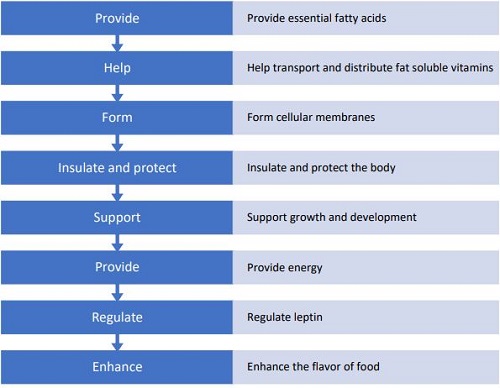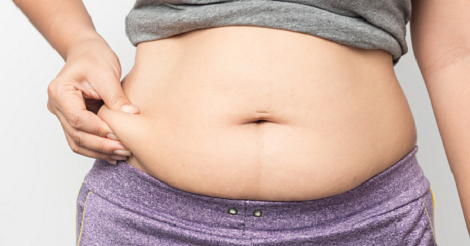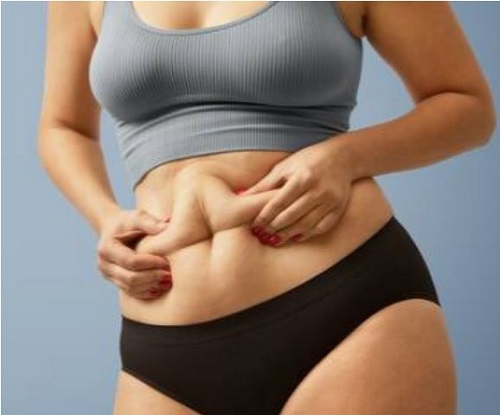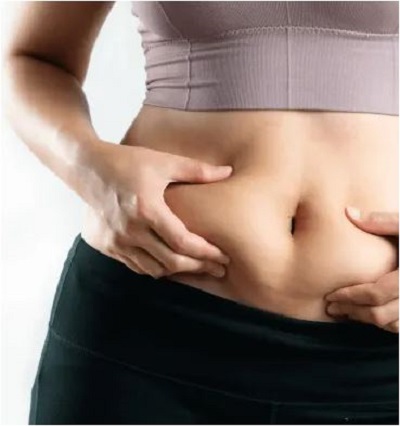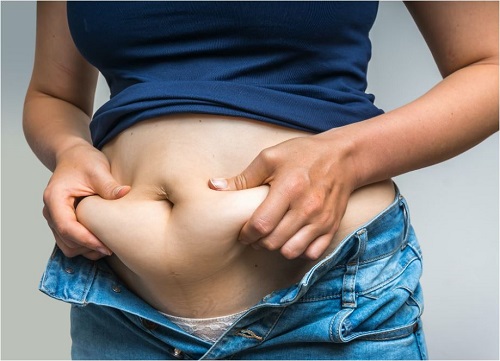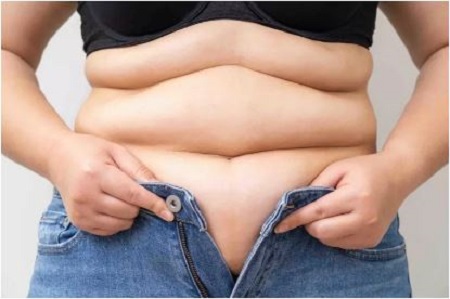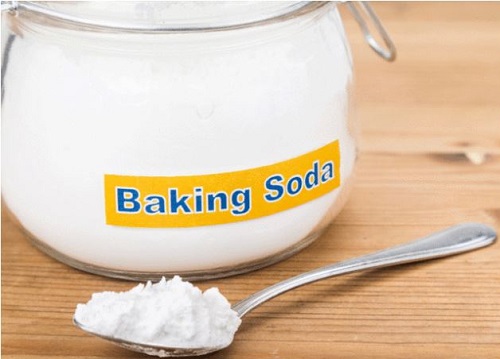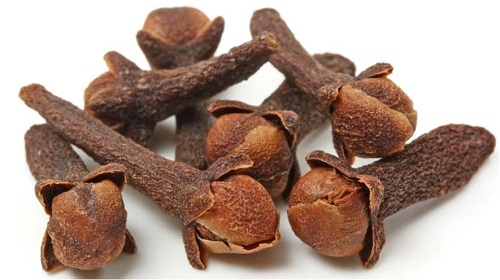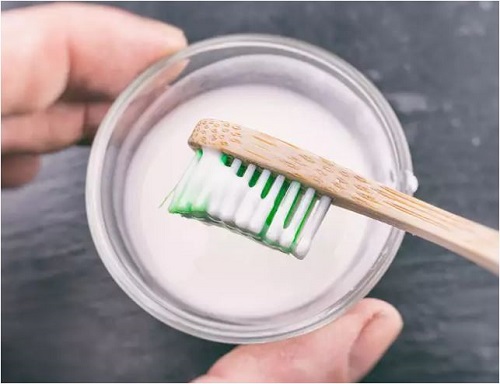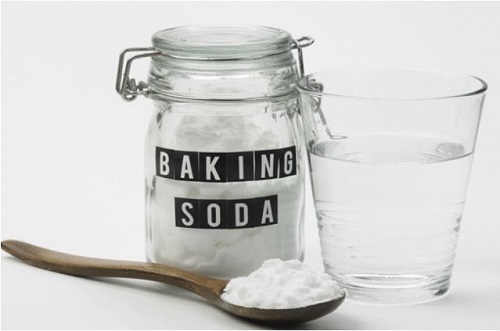11 of the best teas for menstrual cramps and bloating…
This simple, no-nonsense approach cuts through the clutter.
And makes it achievable for anyone.
You’ll learn how to tackle these common challenges…
And tap into the transformational power of nature.
Discover pain soothing serenity and comfort.
Relief for menstrual cramps and bloating with nature’s best teas.
11 Naturally Powerful and the Best Teas for Menstrual Cramps and Bloating
Are menstrual cramps and bloating common discomforts?
Lots of women experience pain during their menstrual cycle.
While there are various pain management remedies available.
Today more than ever herbal teas have gained popularity...
Tea is well known for rich flavors and powerful natural relief.
In this best teas for menstrual cramps and bloating article…
Lets explore the best pain relief teas for menstrual cramps and bloating.
And how tea may offer soothing effects during this time of the month.
Can Natural Herbal Teas Specifically Help Reduce Menstrual Cramps and Bloating?
Chamomile Best Teas for Menstrual Cramps and Bloating

Chamomile tea is renowned for its calming properties.
And it can help ease discomfort associated with menstrual cramps.
The anti-inflammatory effects of chamomile may help relax muscles.
And the antispasmodic effects of reducing cramps.
Chamomile’s mild sedative properties may relieve stress.
And promote relaxation for better sleep during menstruation.
Ginger Best Teas for Menstrual Cramps and Bloating
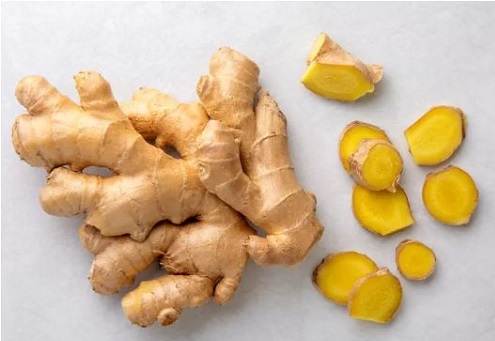
Ginger tea contains active compounds, powerful anti-inflammatory properties.
The properties may soothe menstrual pain, reduce prostaglandin production.
Prostaglandin can cause strong uterine contractions and painful cramping.
Ginger is known to ease bloating and improve digestion.
And it could provide additional relief during the menstrual period.
Peppermint Best Teas for Menstrual Cramps and Bloating
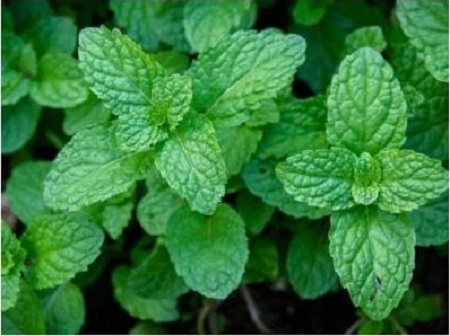
Peppermint tea is known for its ability to soothe digestive system.
Compounds in peppermint helps alleviate bloating and gas.
And may help to relax and sooth muscles of the uterus.
Peppermint’s rich menthol cooling sensation reduces severity of menstrual cramps.
The refreshing taste of peppermint tea can have a calming effect.
And may help in managing stress with discomfort during menstruation.
Raspberry Best Teas for Menstrual Cramps and Bloating
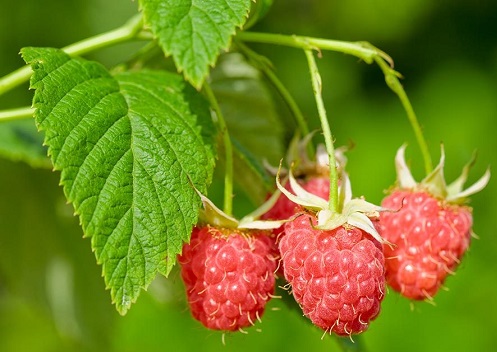
Raspberry leaf tea has been traditionally used to support women’s health.
And particularly during pregnancy and menstruation.
Raspberry is believed to tone muscles of the uterus.
And reduce excessive menstrual bleeding and cramps.
Drinking raspberry leaf tea daily before and during menstruation.
May help lessen the pain and intensity of menstrual discomfort.
Cinnamon Best Teas for Menstrual Cramps and Bloating
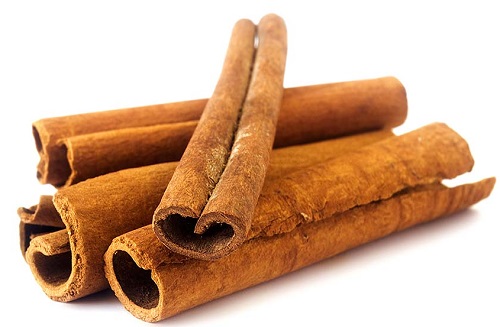
Cinnamon has natural anti-inflammatory and antispasmodic properties.
Cinnamon can be beneficial for menstrual pain relief.
Cinnamon may relax uterine muscles and reduce severity of cramps.
Enjoy cinnamon’s sweet warming flavor can provide comfort.
And help uplift the mood during menstruation.
Lavender Best Teas for Menstrual Cramps and Bloating

Lavender is known for its calming and relaxing properties.
Lavender can help ease muscle tension and reduce menstrual cramps.
And may reduce bloating with a sense of well-being during menstruation.
Dandelion Best Teas for Menstrual Cramps and Bloating

Dandelion root tea is a natural diuretic.
Dandelion may reduce water retention and bloating during menstrual cycle.
Dandelion anti-inflammatory properties may relieve discomfort from cramps.
Fennel Best Teas for Menstrual Cramps and Bloating

Fennel has been traditionally used to alleviate menstrual symptoms.
Fennel has been used for centuries to reduce bloating and cramping.
The carminative properties can help with flatulence, gas and bloating.
And provide abdominal pain relief during the menstrual period.
Nettle Best Teas for Menstrual Cramps and Bloating
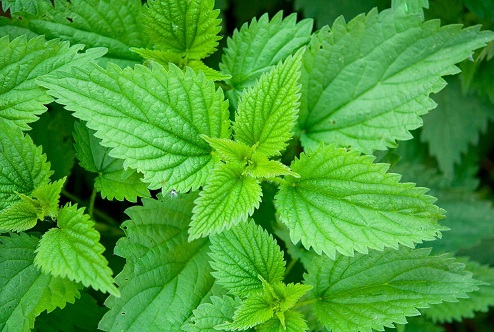
Nettle tea is rich in nutrients like iron and calcium.
Nettle helps fatigue and weakness often experienced during menstruation.
It’s anti-inflammatory effects can relief from menstrual cramps and bloating.
Green Best Teas for Menstrual Cramps and Bloating
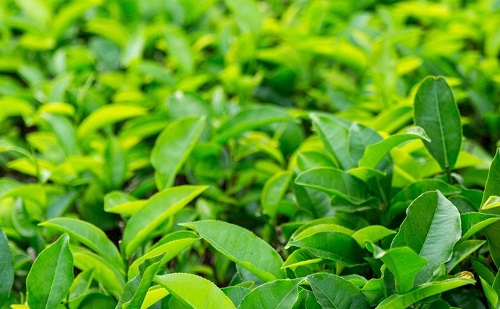
Green tea originates from unaged dried Camellia sinensis leaves.
Black tea is made from dried and aged leaves.
Its pale hue, gentle earthy, floral flavor makes it a popular choice.
This tea is a staple in Chinese traditional herbal medicine for millennia.
Rich in antioxidants, green tea offers anti-inflammatory properties.
The L-theanine compounds can help reduce bloating.
L-theanine may promote feelings of calmness and relaxation..
Drinking green tea can reduce menstrual pain compared to other teas.
Embracing green tea may help natural pain relief during menstruation.
Thyme Best Teas for Menstrual Cramps and Bloating
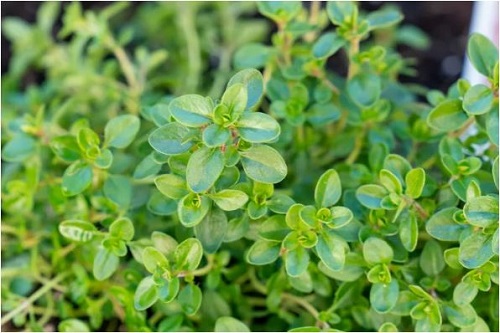
Thyme tea is believed to be effective for menstrual pains and cramps.
Thyme’s natural properties can help soothe discomfort and inflammation.
Thyme’s properties contains thymol and carvacrol compounds.
These are known as anti-inflammatory and antispasmodic.
During menstruation, the uterus may contract more intensely, causing menstrual cramps.
Thyme’s antispasmodic properties can help relax the uterine muscles.
This can help reduce painful severity of cramps by easing associated pain.
Thyme’s anti-inflammatory effects may reduce inflammation in pelvic region.
It can be welcome relief of menstrual discomfort…
By drinking thyme tea regularly during menstruation.
Some women may experience a reduction in menstrual cramps.
And find relief from pain and discomfort associated with their periods.
Best Teas for PMS: Nourishing Teas for Menstruation Cramps and Bloating Relief
- Herbal Teas for Menstrual Cramps
- Natural Remedies for Bloating
- Menstrual Pain Relief Tea
- Soothing Teas for Period Cramps
- Teas to Reduce Menstrual Discomfort
- Relieve Bloating with Herbal Teas
- Herbal Infusions for Menstrual Symptoms
- Calming Teas for Menstrual Health
- Herbal Teas for Women’s Health
- Menstrual Tea Guide
- Reducing Bloating Naturally with Tea
- Menstrual Wellness and Herbal Teas
- Anti-inflammatory Teas for Cramps
- Herbal Teas for Menstrual Balance
- Best Teas for Menstrual Relief
- Teas for Period Pain Management
- Digestive Support Teas for Bloating
Best Teas for Menstrual Cramps and Bloating
Aside from drinking herbal teas…
There are remedies to enhance effects of teas for menstrual relief.
Here are some healthy benefits and tips to consider:
Regular Exercise
Engaging in light to moderate physical activity in a daily basis.
Exercise during menstruation can help increase blood circulation.
And release endorphins, which are natural pain-relieving hormones.
- Yoga
- Walking
- Gentle stretching
Physical activity can be beneficial to reduce menstrual cramps and bloating.
Heat Therapy
Applying a heating pad or a warm water bottle.
Warmth to lower abdomen can soothe and help relax tense muscles.
This can help the easing of painful menstrual cramps.
Eat Balanced Diet
Eat plenty of fresh wholesome foods with balanced diet.
Rich in fruits, vegetables, seeds, nuts and lean meats.
can contribute to overall well-being during menstruation.
Avoid excessive sodium, coffee, caffeine intake to help reduce bloating.
Stay Hydrated
Drinking plenty of water is essential to stop water retention and bloating.
Herbal teas can be hydrating and beneficial to plain water during menstruation.
Best Teas For Menstrual Cramps and Bloating Conclusion
It’s essential to understand your own responses to herbal remedies may vary.
And if you have any underlying medical conditions or are taking medications.
It’s best to consult healthcare professional for tea and other herbal remedy.
Finding relief from menstrual cramps and bloating.
It can significantly improve the quality of life during menstruation.
Best Teas for Menstrual Cramps and Bloating
Lets take another closer look at this list of 11 best herbal teas:
- Chamomile tea
- Ginger tea
- Peppermint tea
- Raspberry leaf tea
- Cinnamon tea
- Lavender tea
- Dandelion tea
- Fennel tea
- Nettle tea
- Green tea
- Thyme tea
Natural herbal teas are known for powerful health benefits.
They can help providing comfort and easing menstrual discomfort.
Combined with other self-care practices…
The menstrual tea benefits of natural herbal teas can be a valuable.
These are a great detox for a woman’s menstrual relief toolkit.
Ensure teas do not interfere with existing medical conditions or medications.
Embrace soothing power of herbal teas, take charge of menstrual well-being.
 Sustainable Weight Loss Results In Days Not Months Get rid of belly fat, love handles, thighs, arms and more
Sustainable Weight Loss Results In Days Not Months Get rid of belly fat, love handles, thighs, arms and more


